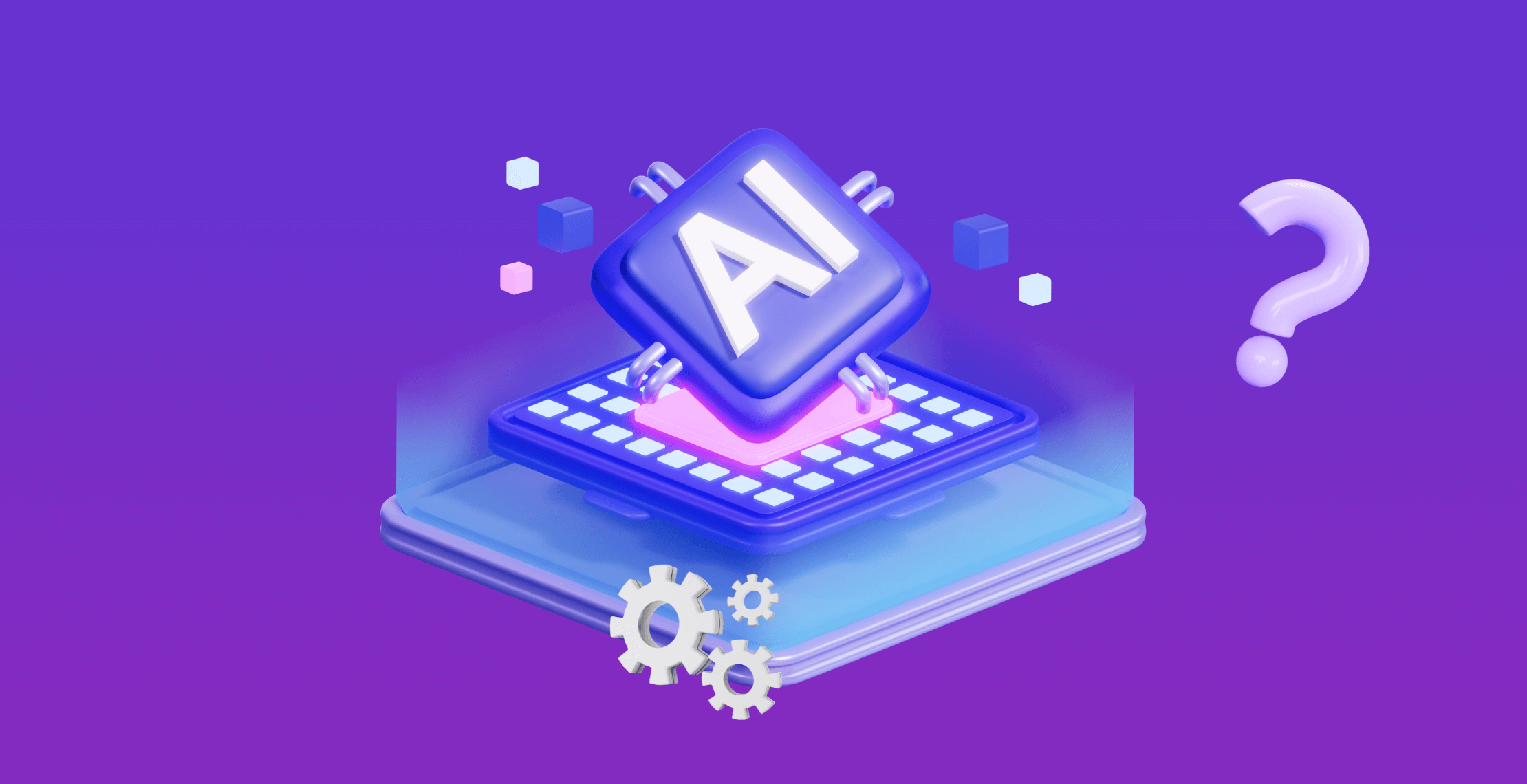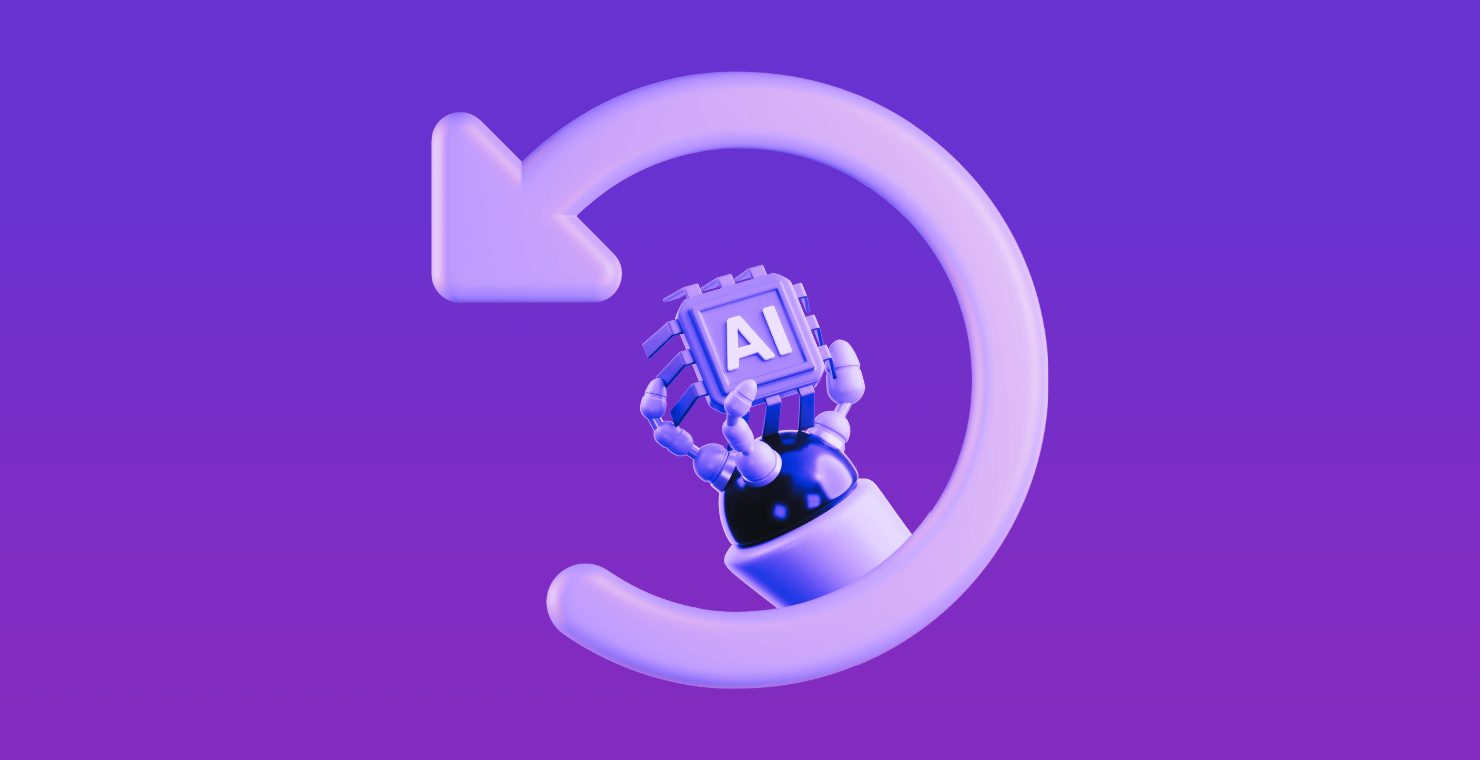In the fast-paced world of Agile software development, where innovation and flexibility are crucial, maintaining dependability while rapidly introducing new features presents a significant challenge. This article explores the role of End-to-End (E2E) testing in Agile development, shedding light on its importance in ensuring a balance between innovation and software stability. Join us as we deep dive into the significance of E2E testing in the software development landscape, covering speed, creativity, and dependability.
Understanding Agile Development
Let’s get started, with agile development, as you know, agile methods have transformed the world of software engineering. They encourage feedback, incremental development, and quick response to customer demands. Agile teams work in short, focused efforts to keep up with evolving markets. However, maintaining velocity while preserving product quality remains a major obstacle. Paying attention to detail is essential for a smooth user experience, even during rapid iterations. That’s why quality assurance plays a crucial role in achieving this goal.

The Importance of E2E Testing
As we explore the intricate world of End-to-End (E2E) testing, let’s paint a picture of its real-life impact. In the fast-paced world of agile development, it’s like a secret sauce, making sure the software we use every day does exactly what we expect it to. Consider a widely used travel booking website, where millions of users embark on their journeys every day.
Imagine a traveler, eagerly planning a dream vacation, navigating the website from flight search to payment confirmation. Each click, from selecting departure cities to entering passenger details, holds the promise of a smooth travel experience. This is where E2E testing comes into play. It’s the vigilant guardian behind the scenes, meticulously replicating these user interactions.

E2E orchestrates, the symphony
E2E testing, unlike its counterparts, doesn’t merely validate individual features. It orchestrates a symphony, ensuring every element—each button, drop-down menu, and confirmation message—harmonizes seamlessly. It’s the final checkpoint, certifying that the booking process isn’t just functional but delightful.
Consider the impact beyond functionality. E2E testing doesn’t stop at ensuring the ‘Book Now’ button works; it ensures the user’s excitement while planning the trip translates into a seamless online journey. It’s the reassurance that every traveler, from the first search query to the final booking click, experiences a website that aligns perfectly with the developers’ vision for a stress-free travel planning experience.
Maintaining Balance with E2E Testing
E2E testing plays a crucial role in defect prevention and ensuring the entire user journey functions flawlessly as intended. It allows development teams to move forward with a sense of security. By providing quick feedback on new features, E2E tests authorize developers to iterate swiftly while preserving the vital components of the app. The comparison to a safety net works well; end-to-end testing catches potential bugs before they reach the end users, allowing the agile team to move forward without having to worry about unexpected bugs.
Collaboration between Development and QA Teams
Seamless collaboration between development and quality assurance (QA) teams is critical to the success of E2E testing in agile environments. This collaboration transcends traditional boundaries. It fosters an environment where continuous communication and real-time feedback are the norm. QA teams create comprehensive test plans based on a deep understanding of user personas and scenarios. These plans map out a variety of user journeys, from the first attempt to log in to complex, multistep processes. When development and QA teams collaborate seamlessly, E2E testing becomes more than just a testing phase. It becomes an integral part of the agile development process, ensuring that rapid iterations are synonymous with increased reliability.
Implementing E2E Testing in Agile Workflows
Integrating End-to-End (E2E) testing into Agile workflows is vital for maintaining software quality while embracing Agile’s iterative nature. To succeed, prioritize testing critical user journeys and features, and seamlessly incorporate E2E tests into your CI/CD pipeline for real-time feedback. Additionally, employ a user-centric approach, focusing on comprehensive coverage for high-impact areas. Implement monitoring, select appropriate testing tools, and invest in team training to ensure successful E2E testing integration. By following these strategies, you can optimize your Agile workflow and deliver high-quality software efficiently.
Challenges and Solutions
The implementation of end-to-end testing in Agile projects comes with its own challenges. Common obstacles include :
- test maintenance,
- test data management,
- test environment stability.
However, these challenges can be overcome. Agile teams have adopted innovative solutions. Implementing a robust test maintenance strategy, utilizing test automation for repetitive tasks, and regularly assessing the relevance of existing tests to minimize the maintenance burden. Effective data management ensures that test data is as dynamic as agile iterations, and containerization technologies provide stable and repeatable test environments. Proactively addressing these challenges ensures efficient and effective E2E testing, making it a sustainable practice beyond a phase in agile methodologies.
Conclusion
End-to-End (E2E) testing in Agile development requires both speed and reliability. It provides a way for agile teams to navigate with confidence through the fast-paced software development process. This testing method supports the agile philosophy of rapidly iterating and continuously delivering customer value, ensuring that the final product is robust, reliable, and of the highest quality.
As agile methodologies continue to shape software development, end-to-end (E2E) testing is a reflection of the industry’s commitment to quality. It ensures rapid product development, quality and reliability, and redefines the core values of agile. Far from being a mere tool, E2E testing is the embodiment of agile’s reliability and the industry’s pledge to deliver software that lasts.
You want to Enhance the Usage-Centric Approach to End-to-End Testing with AI ? Discover Gravity
You can also book a demo here



